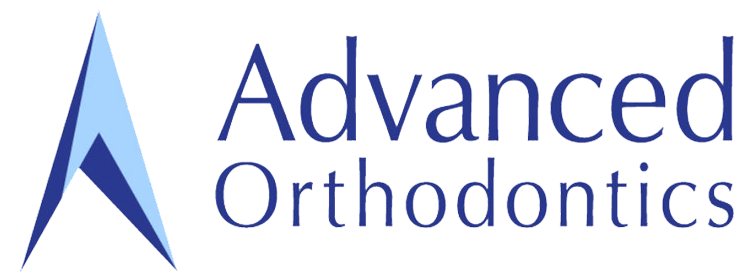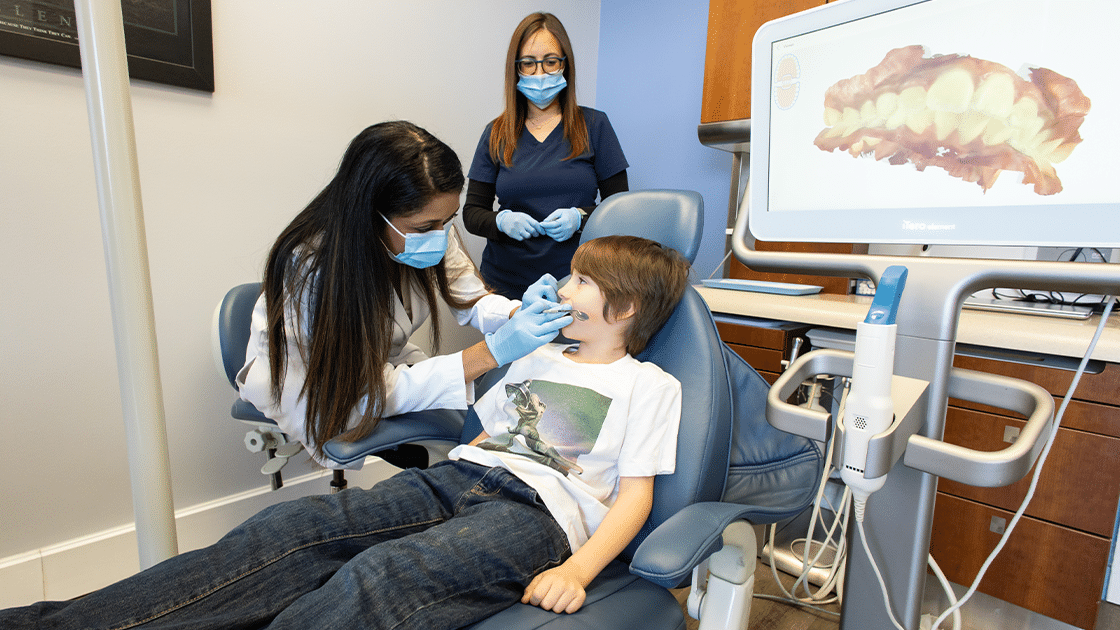For most children, doctors can treat orthodontic issues with braces or aligners. However, many children need treatment before the final tooth alignment occurs.
Phase 1: This stage of orthodontic treatment takes advantage of the child's rapid growth to guide proper development. Devices like palatal expanders, habit-breaking appliances, and limited braces correct issues and prepare the way for later treatment.
Phase 1 treatment may take between six and 18 months to complete, but most patients need about 12 months. After Phase 1, treatment pauses for a few years to allow the remaining permanent teeth to erupt.
Phase 2: The orthodontist provides treatment with braces to finalize the proper alignment of the permanent teeth.
These procedures help children with damaging oral habits like mouth breathing and incorrect swallowing. Children who breathe through their mouths instead of their noses hold their tongues incorrectly. Without the tongue's support, the top jaw narrows and collapses the palate's arch. The teeth become crowded because the child's jaw development does not leave enough room for them.
Habit appliances are helpful for children who need to stop thumb-sucking or thrusting their tongues. They both prevent the child from engaging in the habit and remind them to stop. These appliances are similar to retainers. They may be removable or cemented in place.
A palatal expander fits in the upper jaw and gradually creates more space for the permanent teeth to erupt. Since the two halves of the upper jaw do not fuse until after puberty, it's possible to push them apart gently. Palatal expanders help with crossbites, crowding, and impacted teeth.



